ECONOMIC & BEHAVIOURAL THEORIES OF WAGES NADZIRAH ZAINORDIN

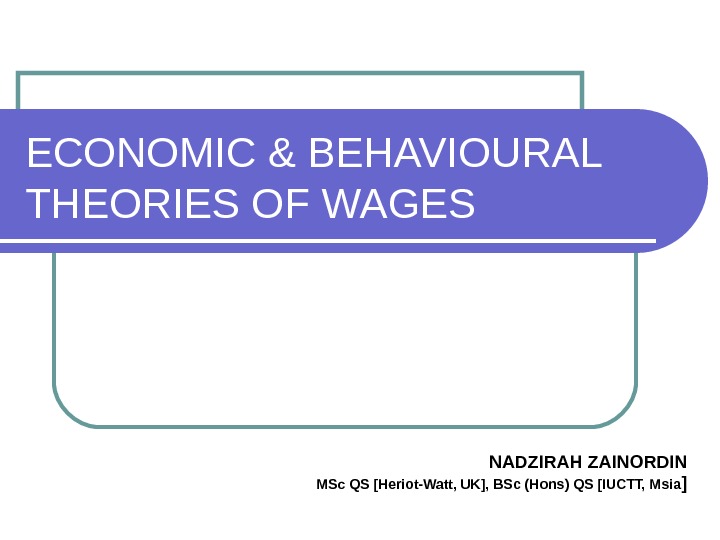
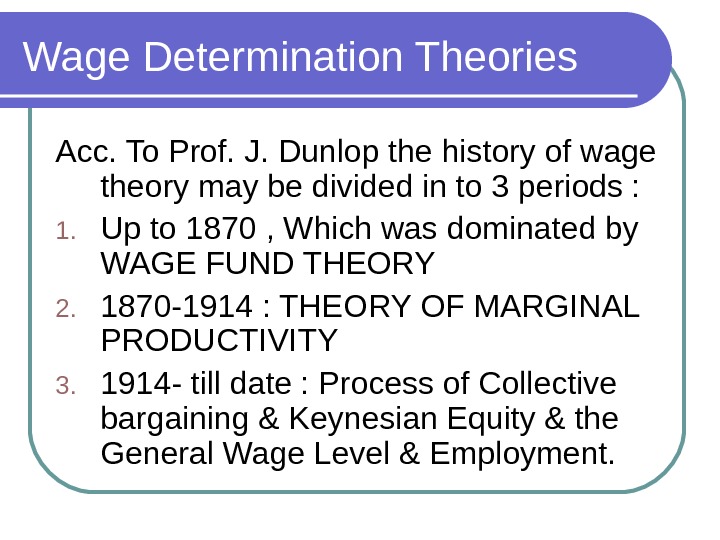
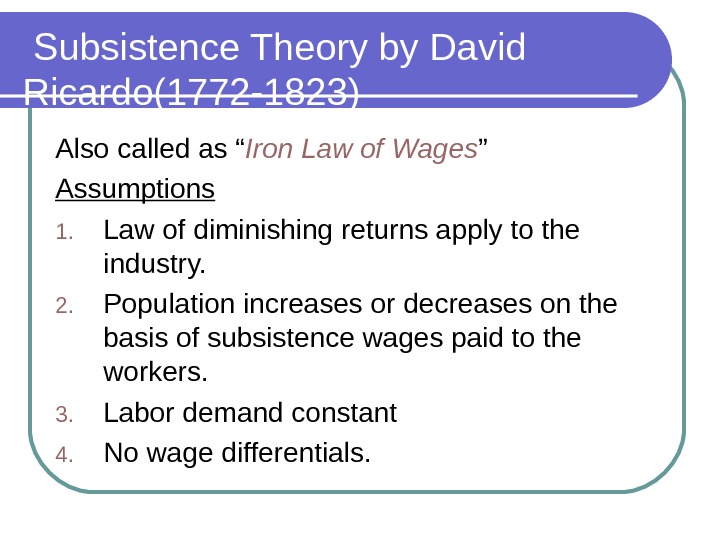
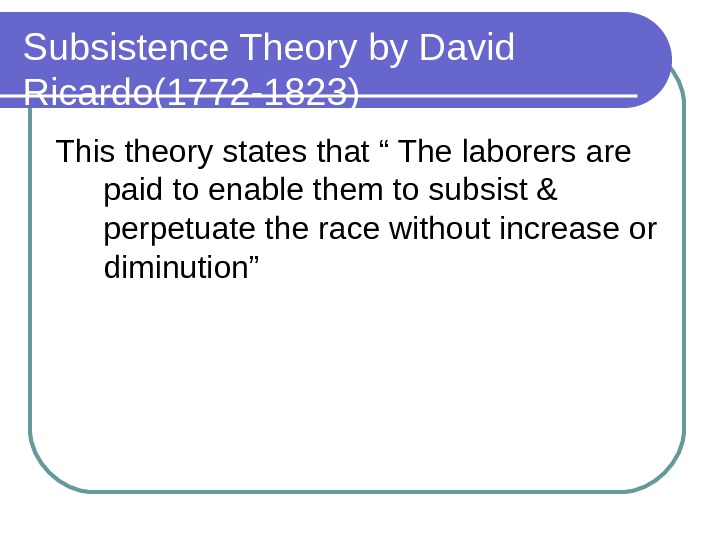
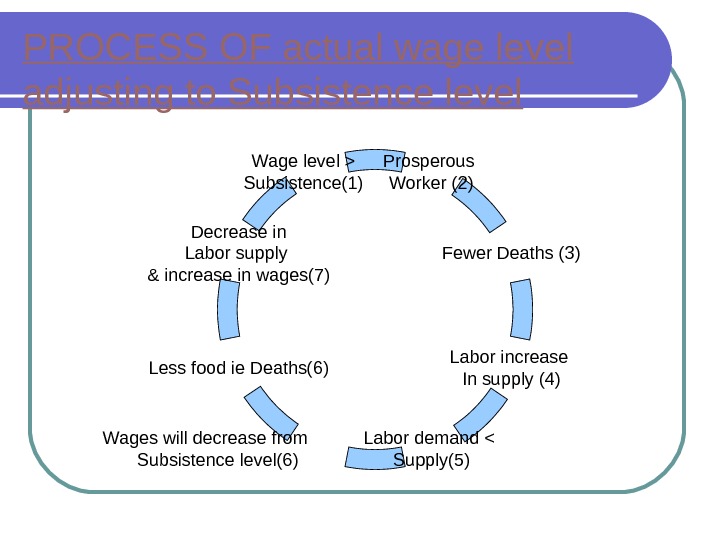
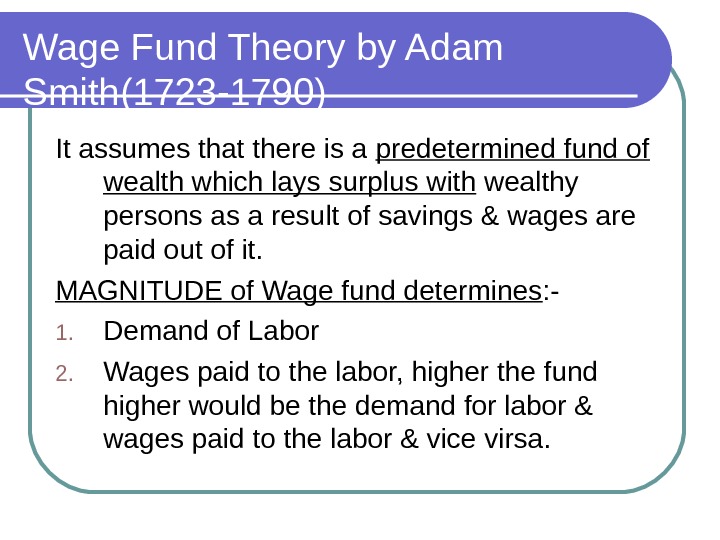
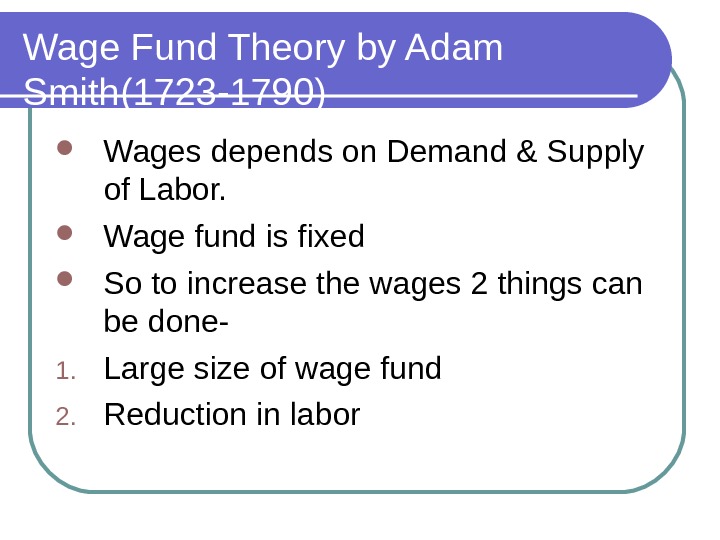

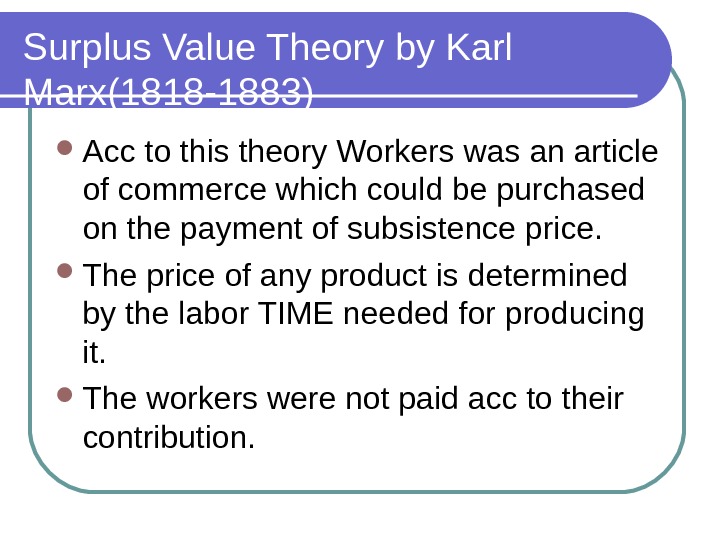
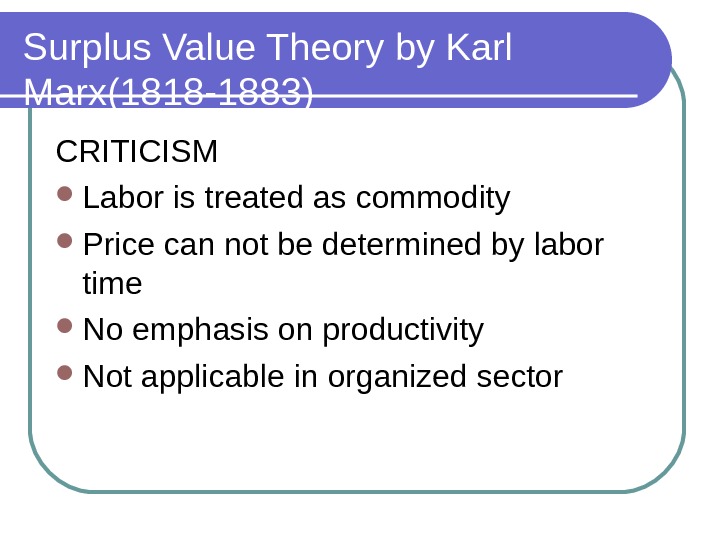

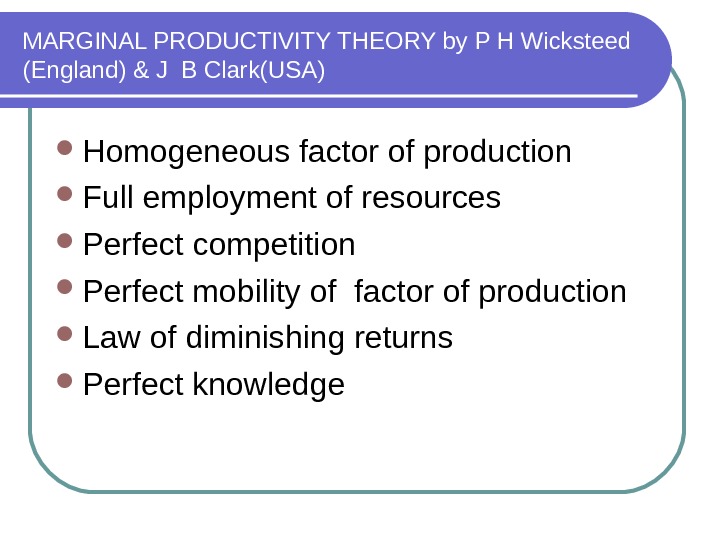
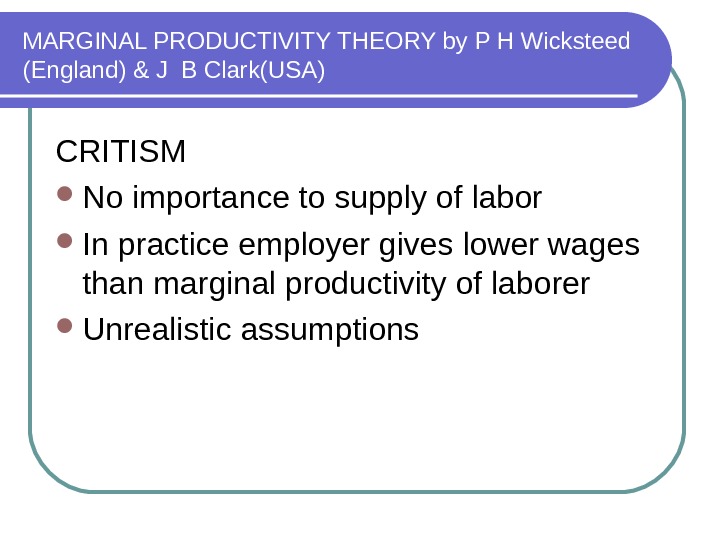


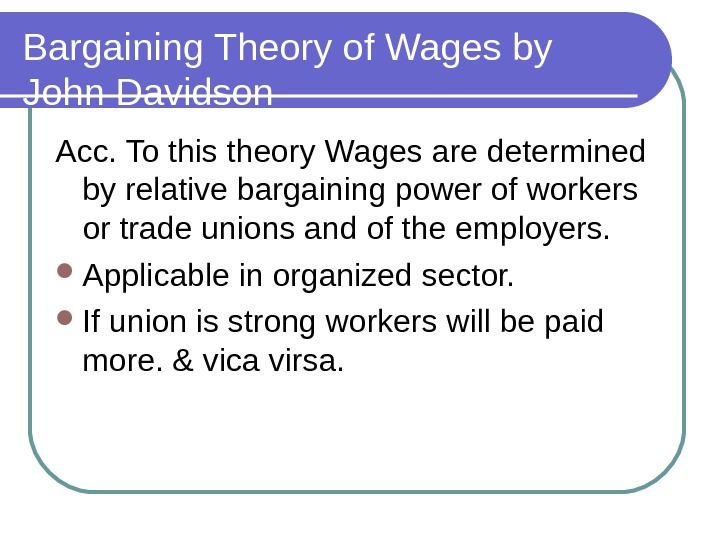
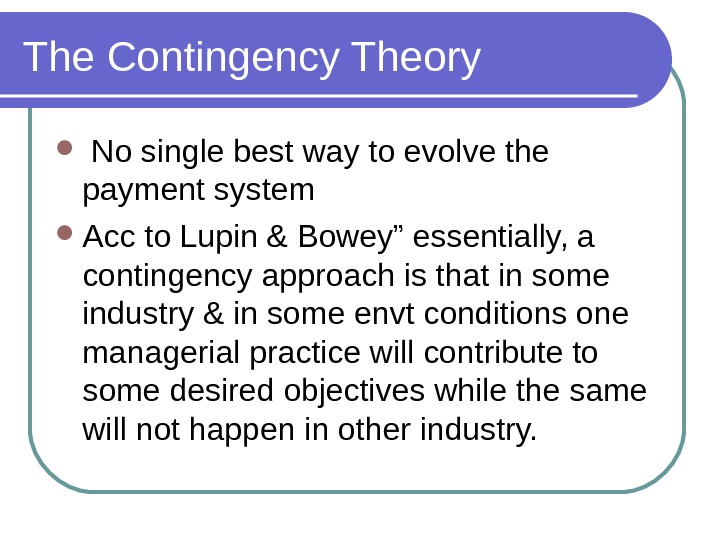


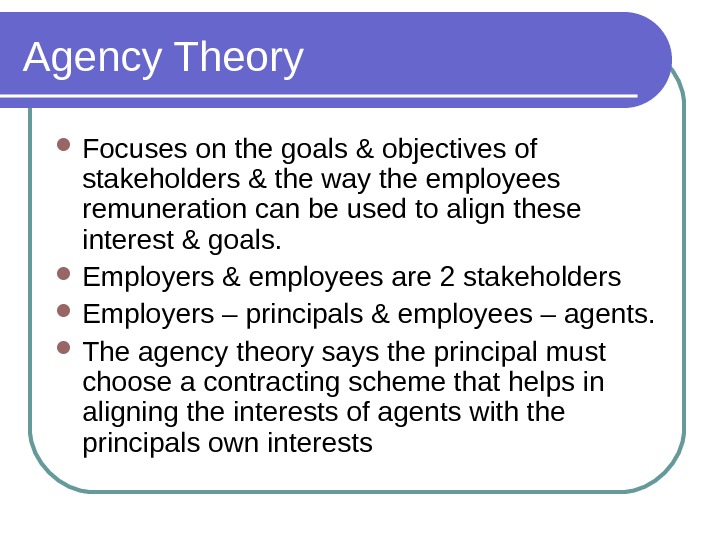
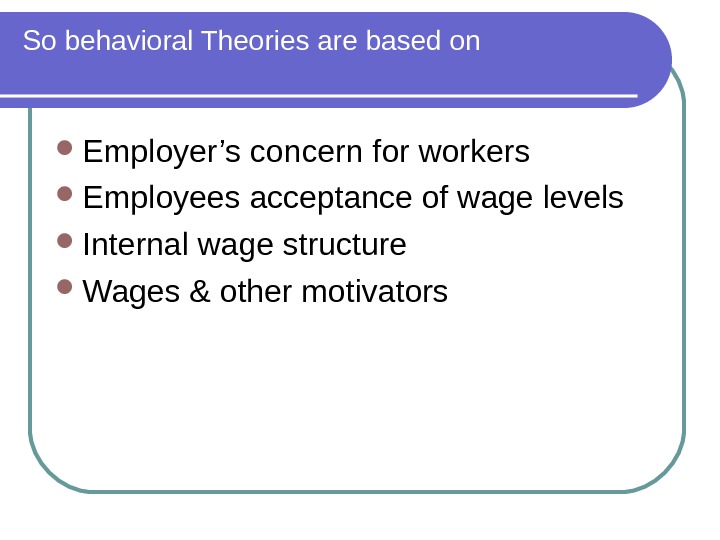

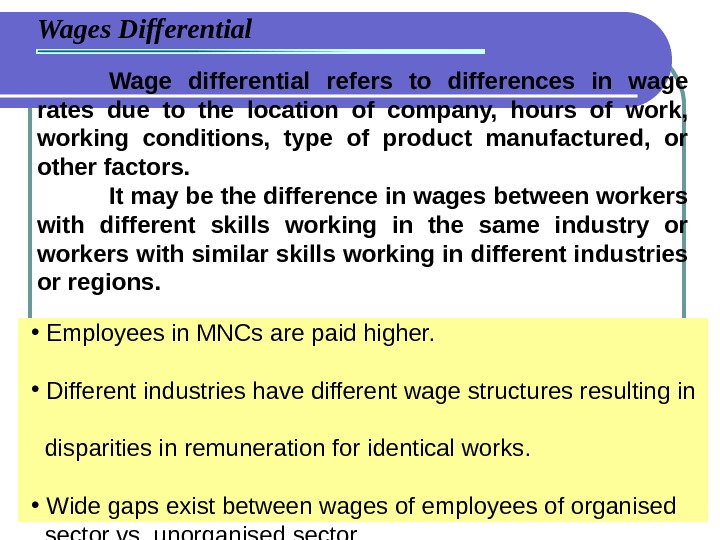
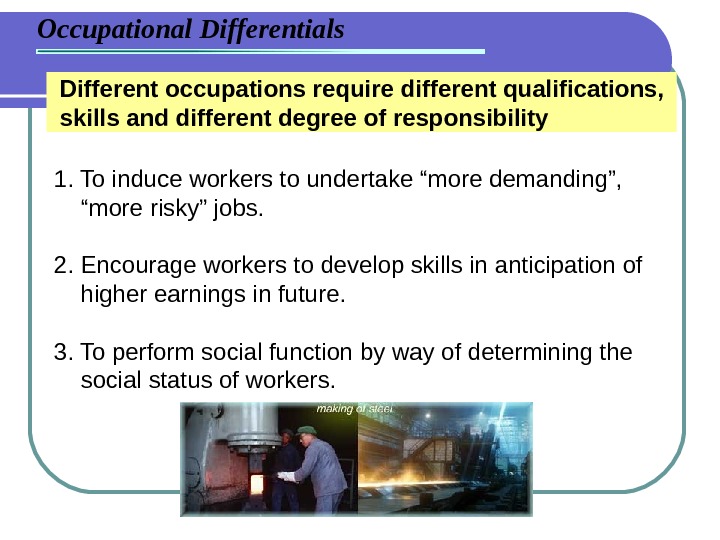
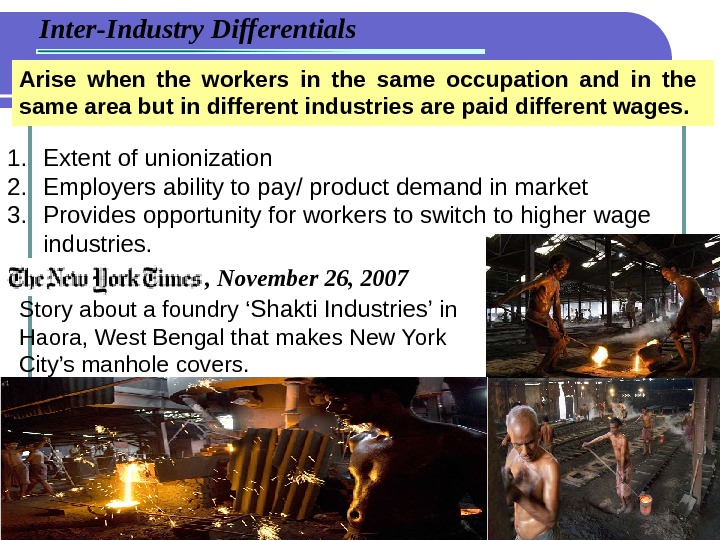



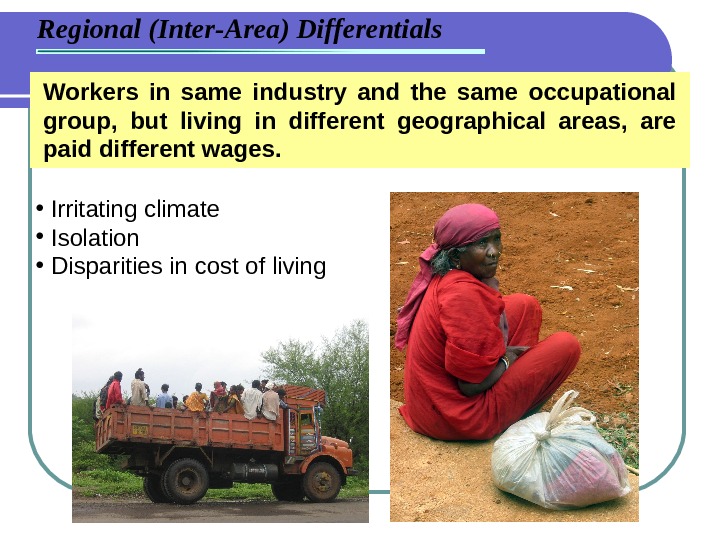
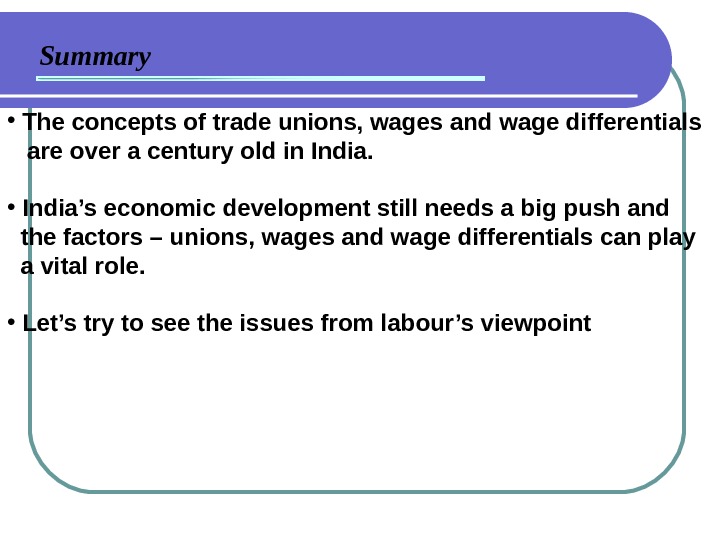
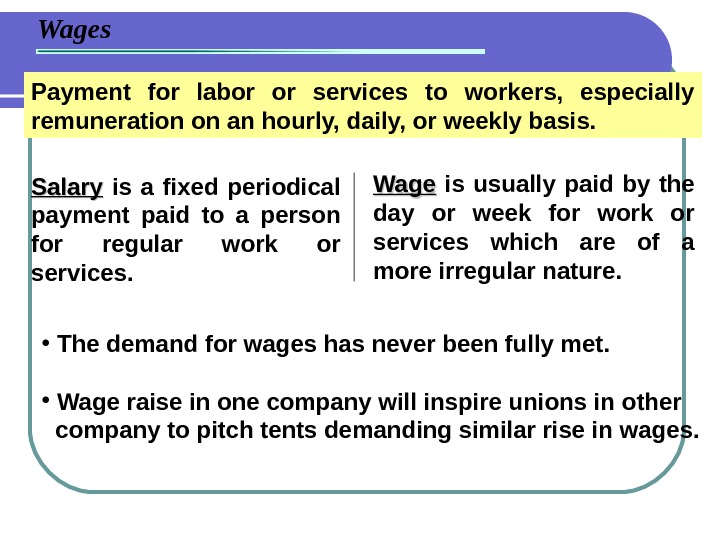
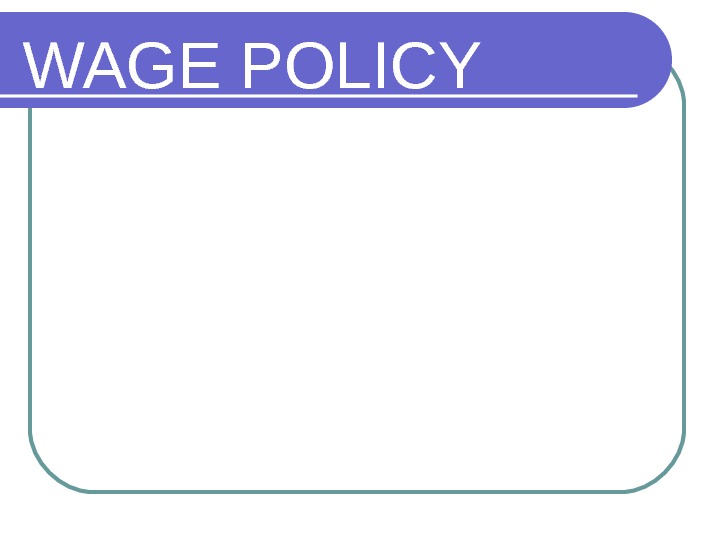

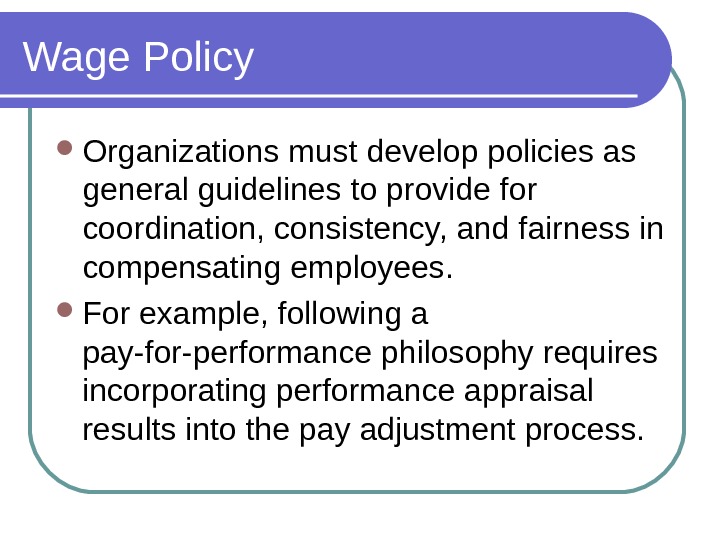
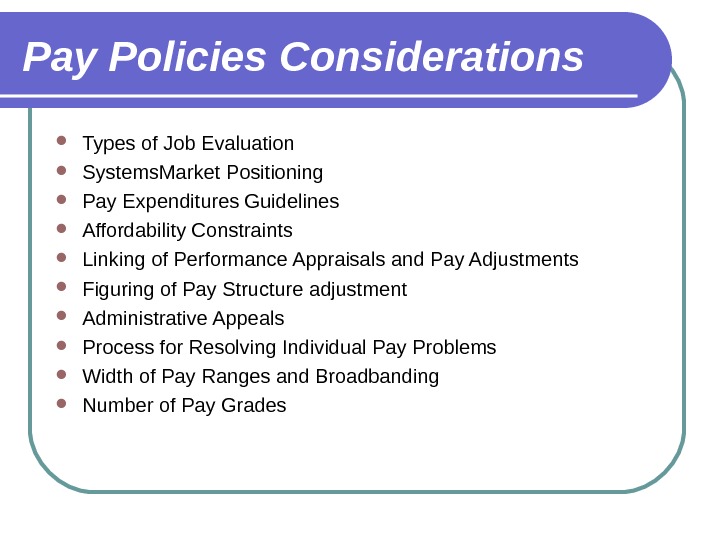
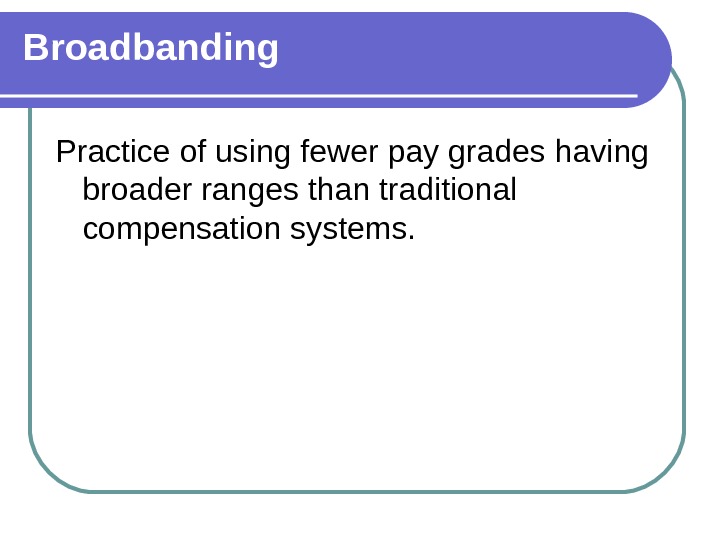

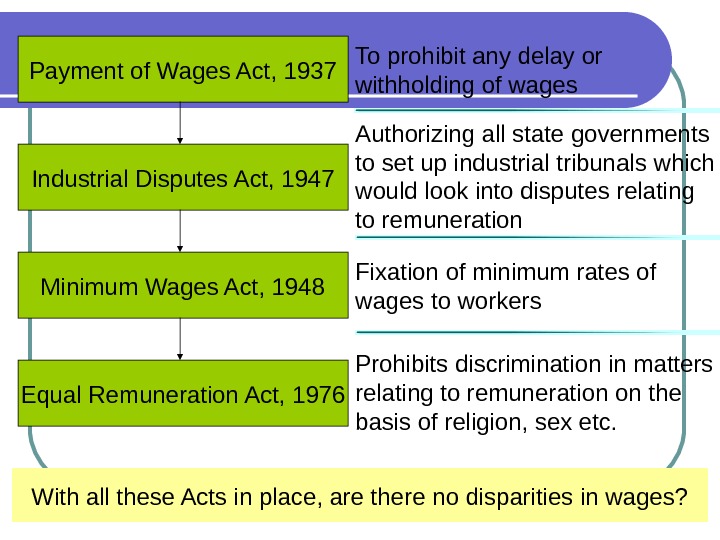
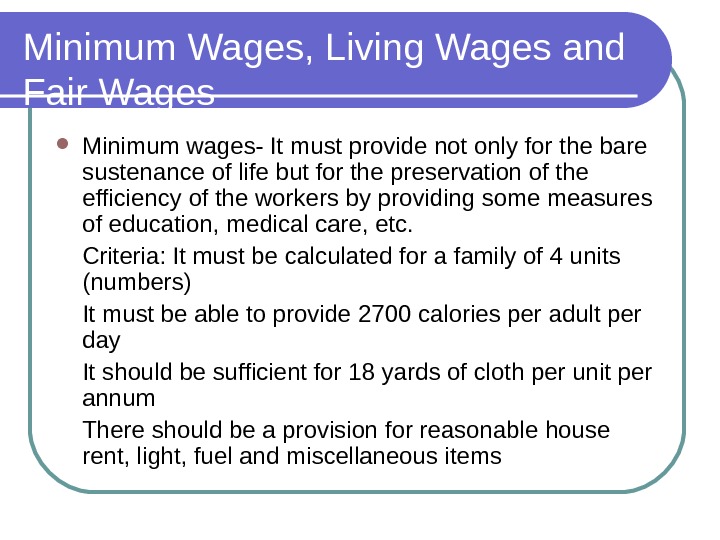
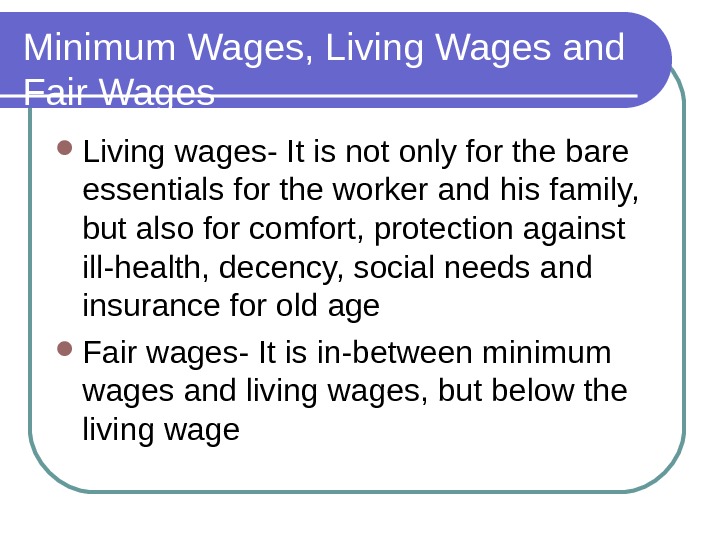
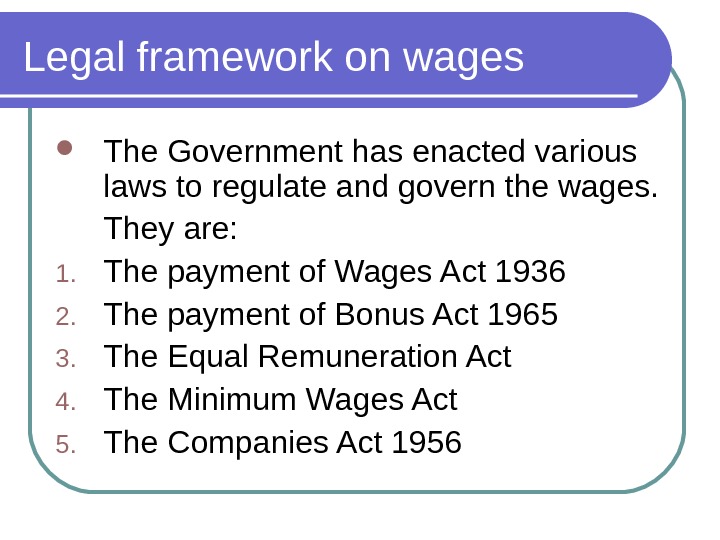
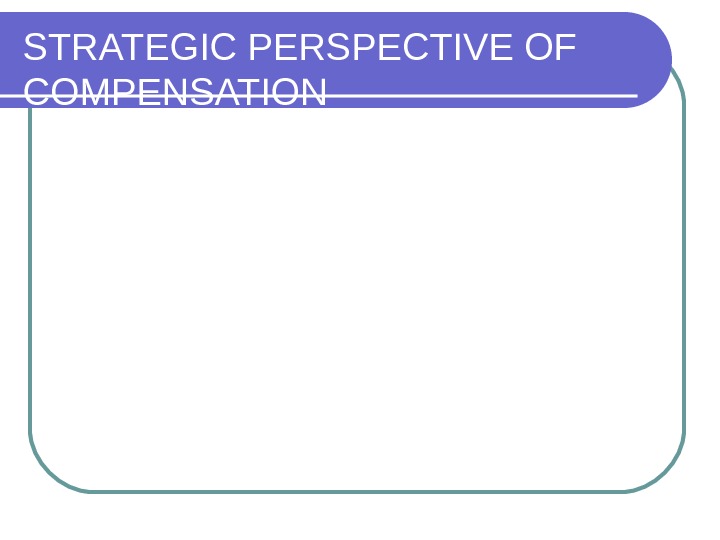
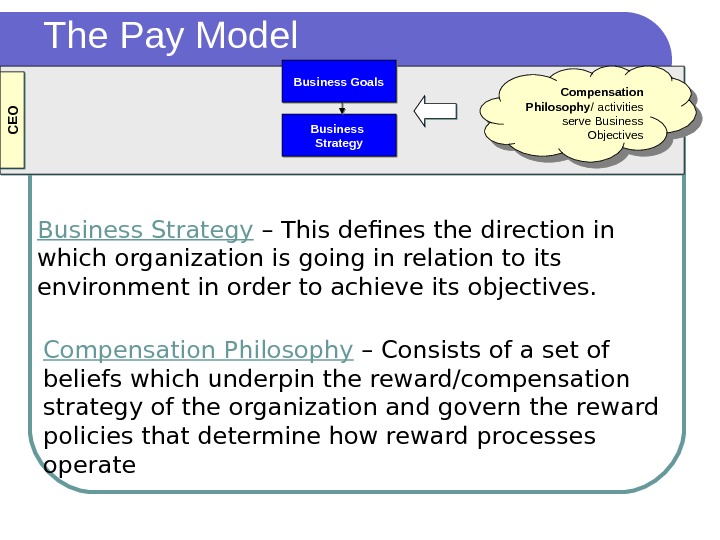
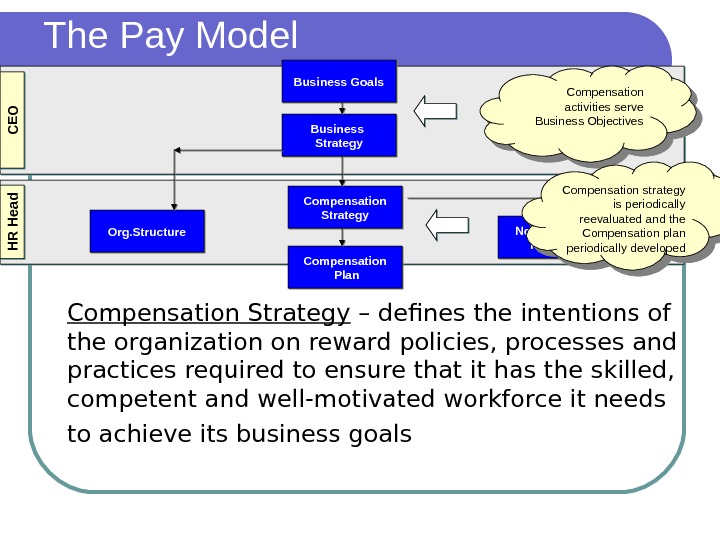

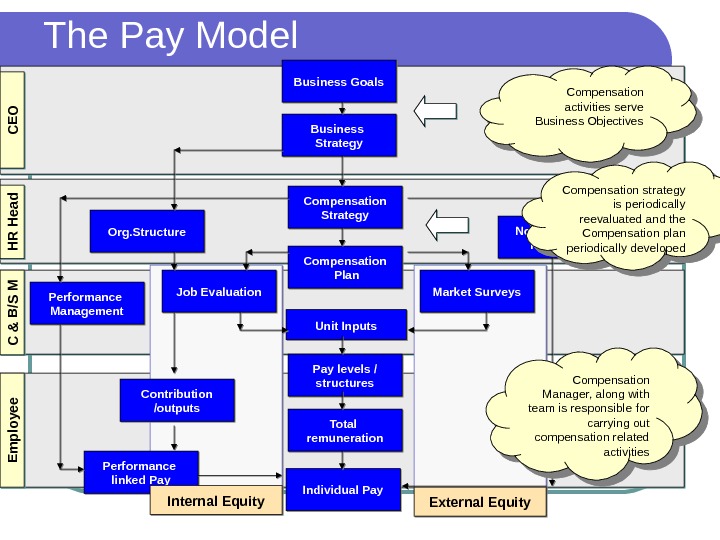
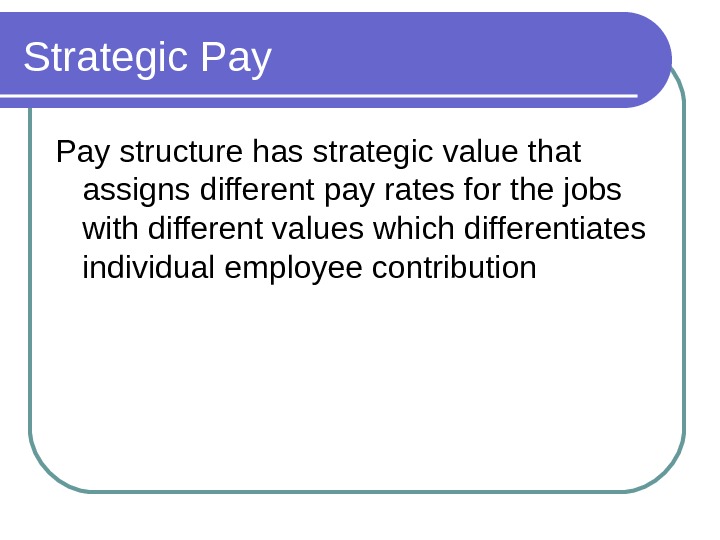
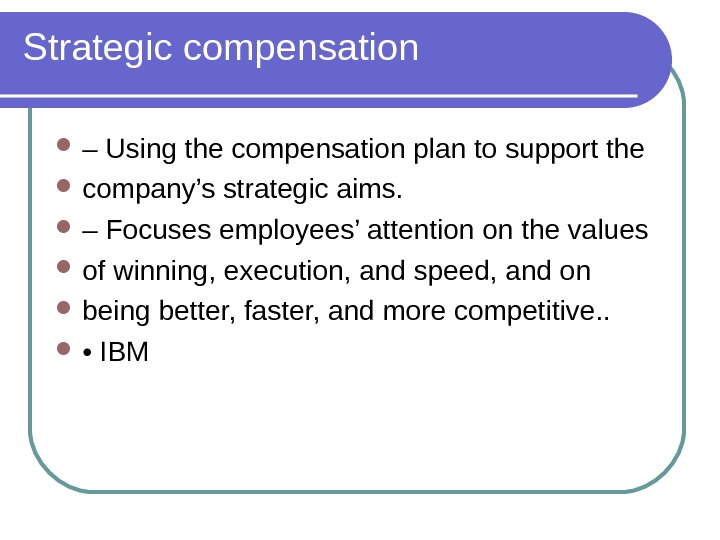
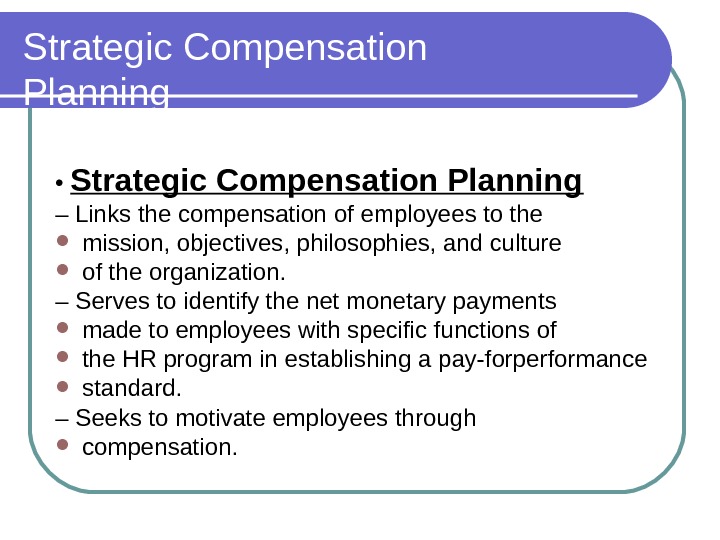
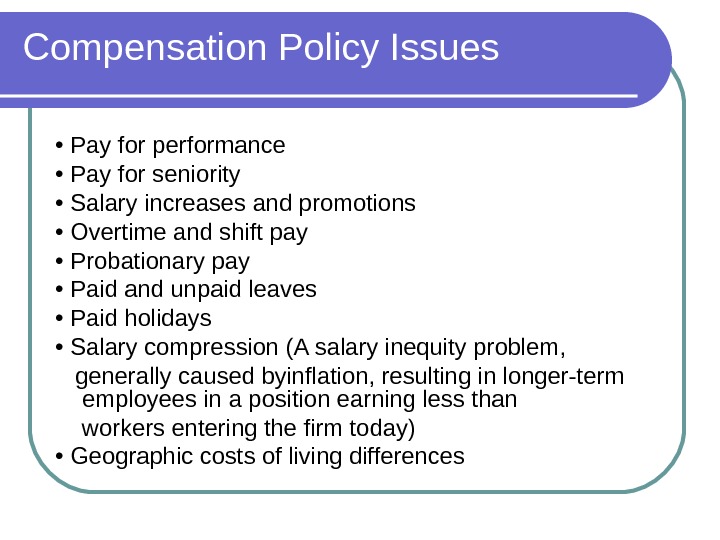
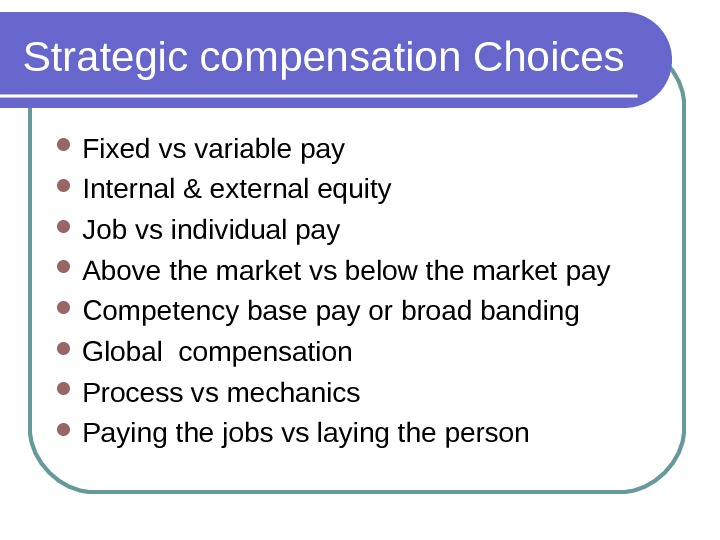
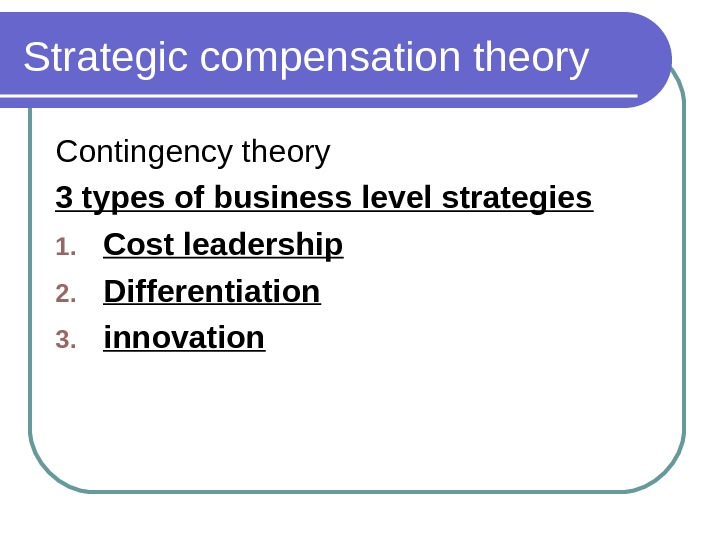
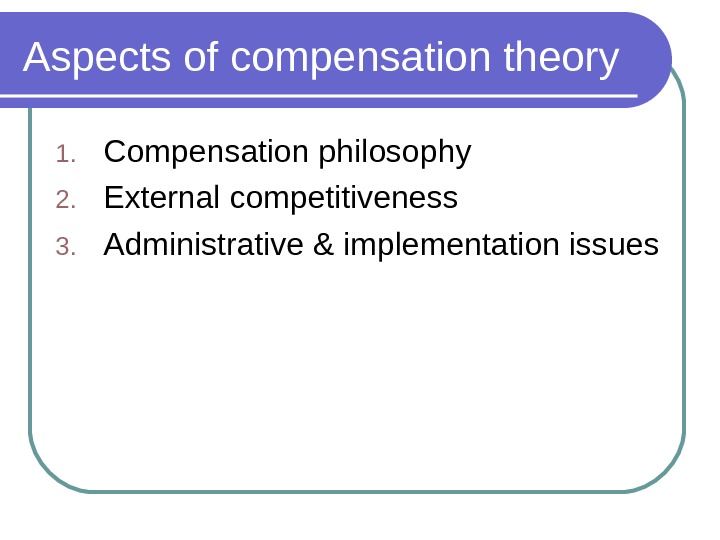
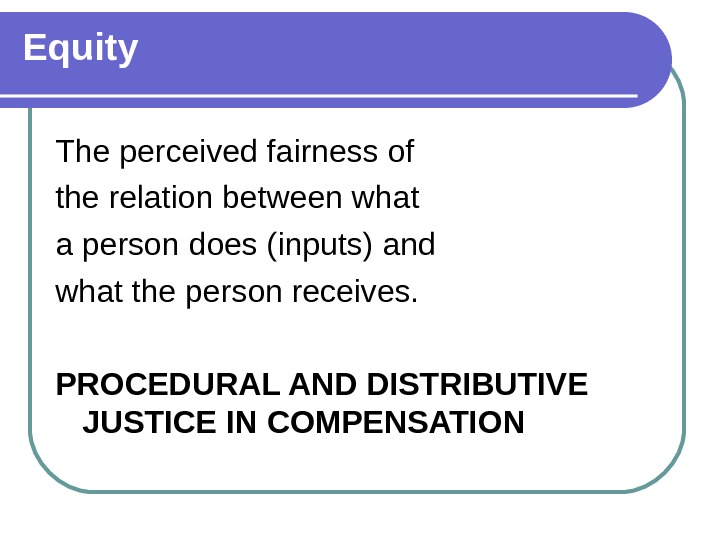
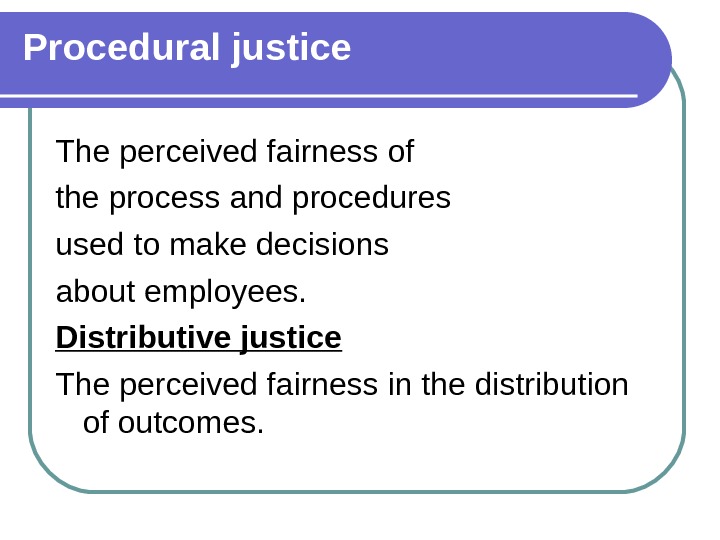
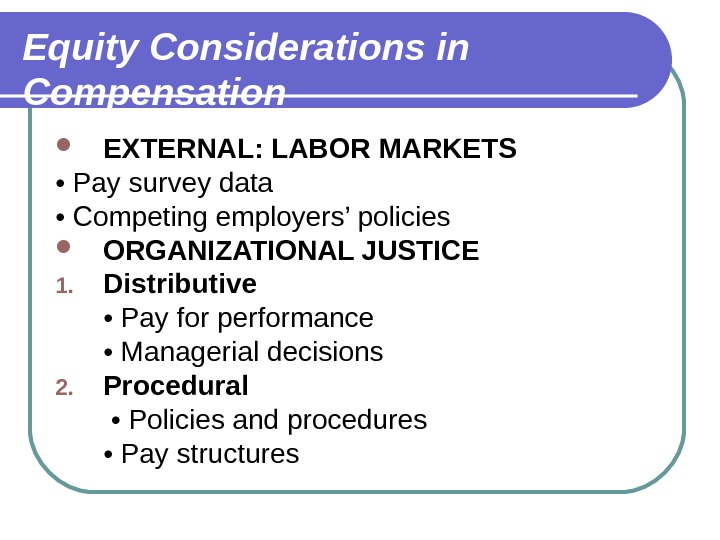
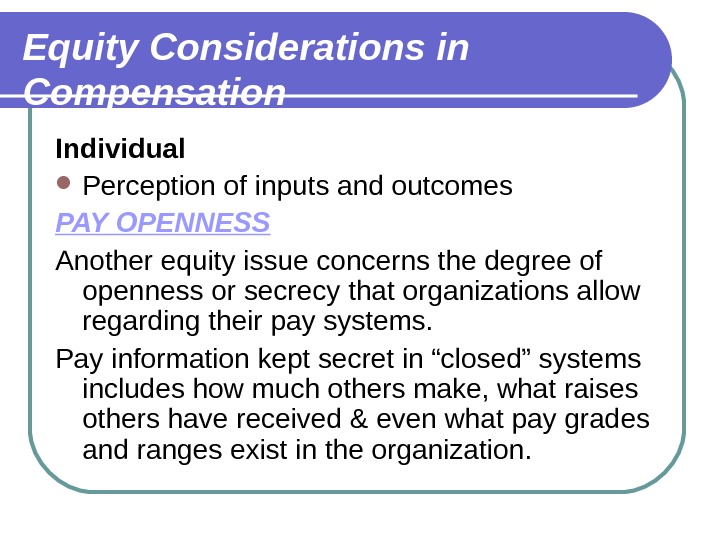
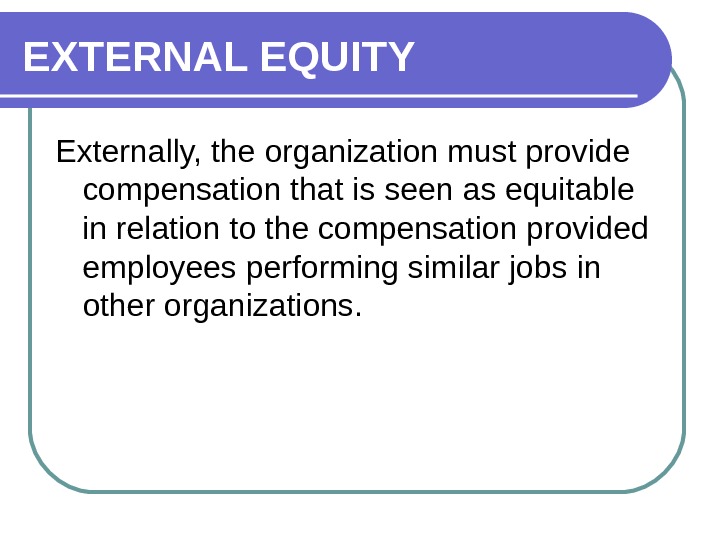
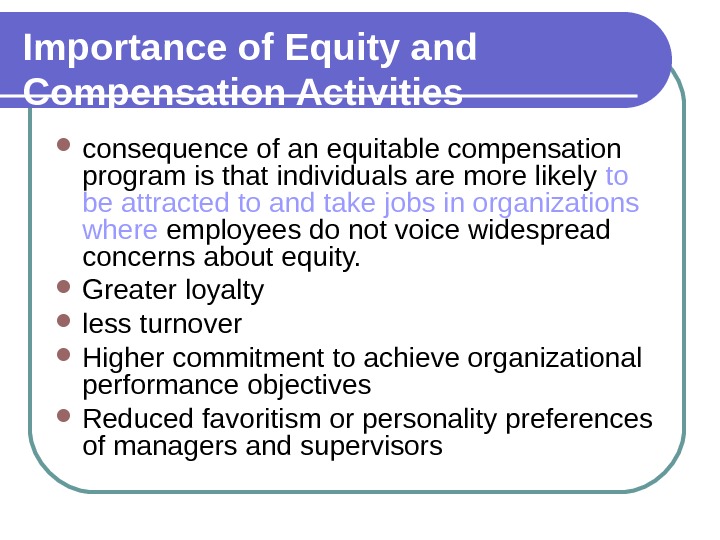
lect_5_-_wage_determination.ppt
- Размер: 1.3 Mегабайта
- Количество слайдов: 59
Описание презентации ECONOMIC & BEHAVIOURAL THEORIES OF WAGES NADZIRAH ZAINORDIN по слайдам
![ECONOMIC & BEHAVIOURAL THEORIES OF WAGES NADZIRAH ZAINORDIN MSc QS [Heriot-Watt, UK], BSc (Hons) QS [IUCTT, ECONOMIC & BEHAVIOURAL THEORIES OF WAGES NADZIRAH ZAINORDIN MSc QS [Heriot-Watt, UK], BSc (Hons) QS [IUCTT,](/docs//lect_5_-_wage_determination_images/lect_5_-_wage_determination_0.jpg) ECONOMIC & BEHAVIOURAL THEORIES OF WAGES NADZIRAH ZAINORDIN MSc QS [Heriot-Watt, UK], BSc (Hons) QS [IUCTT, Msia ]
ECONOMIC & BEHAVIOURAL THEORIES OF WAGES NADZIRAH ZAINORDIN MSc QS [Heriot-Watt, UK], BSc (Hons) QS [IUCTT, Msia ]
 Wage Determination Theories Acc. To Prof. J. Dunlop the history of wage theory may be divided in to 3 periods : 1. Up to 1870 , Which was dominated by WAGE FUND THEORY 2. 1870 -1914 : THEORY OF MARGINAL PRODUCTIVITY 3. 1914 — till date : Process of Collective bargaining & Keynesian Equity & the General Wage Level & Employment.
Wage Determination Theories Acc. To Prof. J. Dunlop the history of wage theory may be divided in to 3 periods : 1. Up to 1870 , Which was dominated by WAGE FUND THEORY 2. 1870 -1914 : THEORY OF MARGINAL PRODUCTIVITY 3. 1914 — till date : Process of Collective bargaining & Keynesian Equity & the General Wage Level & Employment.
 Subsistence Theory by David Ricardo(1772 -1823) Also called as “ Iron Law of Wages ” Assumptions 1. Law of diminishing returns apply to the industry. 2. Population increases or decreases on the basis of subsistence wages paid to the workers. 3. Labor demand constant 4. No wage differentials.
Subsistence Theory by David Ricardo(1772 -1823) Also called as “ Iron Law of Wages ” Assumptions 1. Law of diminishing returns apply to the industry. 2. Population increases or decreases on the basis of subsistence wages paid to the workers. 3. Labor demand constant 4. No wage differentials.
 Subsistence Theory by David Ricardo(1772 -1823) This theory states that “ The laborers are paid to enable them to subsist & perpetuate the race without increase or diminution”
Subsistence Theory by David Ricardo(1772 -1823) This theory states that “ The laborers are paid to enable them to subsist & perpetuate the race without increase or diminution”
 PROCESS OF actual wage level adjusting to Subsistence level Prosperous Worker (2) Less food ie Deaths(6) Wage level > Subsistence(1) Fewer Deaths (3) Labor increase In supply (4) Labor demand < Supply(5)Wages will decrease from Subsistence level(6) Decrease in Labor supply & increase in wages(7)
PROCESS OF actual wage level adjusting to Subsistence level Prosperous Worker (2) Less food ie Deaths(6) Wage level > Subsistence(1) Fewer Deaths (3) Labor increase In supply (4) Labor demand < Supply(5)Wages will decrease from Subsistence level(6) Decrease in Labor supply & increase in wages(7)
 Wage Fund Theory by Adam Smith(1723 -1790) It assumes that there is a predetermined fund of wealth which lays surplus with wealthy persons as a result of savings & wages are paid out of it. MAGNITUDE of Wage fund determines : — 1. Demand of Labor 2. Wages paid to the labor, higher the fund higher would be the demand for labor & wages paid to the labor & vice virsa.
Wage Fund Theory by Adam Smith(1723 -1790) It assumes that there is a predetermined fund of wealth which lays surplus with wealthy persons as a result of savings & wages are paid out of it. MAGNITUDE of Wage fund determines : — 1. Demand of Labor 2. Wages paid to the labor, higher the fund higher would be the demand for labor & wages paid to the labor & vice virsa.
 Wage Fund Theory by Adam Smith(1723 -1790) Wages depends on Demand & Supply of Labor. Wage fund is fixed So to increase the wages 2 things can be done- 1. Large size of wage fund 2. Reduction in labor
Wage Fund Theory by Adam Smith(1723 -1790) Wages depends on Demand & Supply of Labor. Wage fund is fixed So to increase the wages 2 things can be done- 1. Large size of wage fund 2. Reduction in labor
 Wage Fund Theory by Adam Smith(1723 -1790) Criticism It is not clear from where wage fund will come. No emphasis on efiiciency & productivity No light on wage differencials
Wage Fund Theory by Adam Smith(1723 -1790) Criticism It is not clear from where wage fund will come. No emphasis on efiiciency & productivity No light on wage differencials
 Surplus Value Theory by Karl Marx(1818 -1883) Acc to this theory Workers was an article of commerce which could be purchased on the payment of subsistence price. The price of any product is determined by the labor TIME needed for producing it. The workers were not paid acc to their contribution.
Surplus Value Theory by Karl Marx(1818 -1883) Acc to this theory Workers was an article of commerce which could be purchased on the payment of subsistence price. The price of any product is determined by the labor TIME needed for producing it. The workers were not paid acc to their contribution.
 Surplus Value Theory by Karl Marx(1818 -1883) CRITICISM Labor is treated as commodity Price can not be determined by labor time No emphasis on productivity Not applicable in organized sector
Surplus Value Theory by Karl Marx(1818 -1883) CRITICISM Labor is treated as commodity Price can not be determined by labor time No emphasis on productivity Not applicable in organized sector
 MARGINAL PRODUCTIVITY THEORY by P H Wicksteed (England) & J B Clark(USA) It assumes that wages depend upon the demand for & supply of LABOR. “ Wages are based on entrepreneur ‘s estimate of the value that will be produced by the last or marginal worker” wages are paid on the base of economic worth
MARGINAL PRODUCTIVITY THEORY by P H Wicksteed (England) & J B Clark(USA) It assumes that wages depend upon the demand for & supply of LABOR. “ Wages are based on entrepreneur ‘s estimate of the value that will be produced by the last or marginal worker” wages are paid on the base of economic worth
 MARGINAL PRODUCTIVITY THEORY by P H Wicksteed (England) & J B Clark(USA) Homogeneous factor of production Full employment of resources Perfect competition Perfect mobility of factor of production Law of diminishing returns Perfect knowledge
MARGINAL PRODUCTIVITY THEORY by P H Wicksteed (England) & J B Clark(USA) Homogeneous factor of production Full employment of resources Perfect competition Perfect mobility of factor of production Law of diminishing returns Perfect knowledge
 MARGINAL PRODUCTIVITY THEORY by P H Wicksteed (England) & J B Clark(USA) CRITISM No importance to supply of labor In practice employer gives lower wages than marginal productivity of laborer Unrealistic assumptions
MARGINAL PRODUCTIVITY THEORY by P H Wicksteed (England) & J B Clark(USA) CRITISM No importance to supply of labor In practice employer gives lower wages than marginal productivity of laborer Unrealistic assumptions
 Residual Clainmant Theory by Francis A Walker(1840 -1897) 4 factor of production-land , labor, capital & entrepreneurship. Wages = value of production – (rent+ interest+ profit) Criticism Demand & supply factor ignored Based on wrong notion of residual clainmant Productivity & efficiency ignored.
Residual Clainmant Theory by Francis A Walker(1840 -1897) 4 factor of production-land , labor, capital & entrepreneurship. Wages = value of production – (rent+ interest+ profit) Criticism Demand & supply factor ignored Based on wrong notion of residual clainmant Productivity & efficiency ignored.
 Investment Theory by H M Gitelman Acc to this theory workers are paid in terms of their investment in education, experience & training. Worker must be having attributes. Higher attributes higher payments.
Investment Theory by H M Gitelman Acc to this theory workers are paid in terms of their investment in education, experience & training. Worker must be having attributes. Higher attributes higher payments.
 Bargaining Theory of Wages by John Davidson Acc. To this theory Wages are determined by relative bargaining power of workers or trade unions and of the employers. Applicable in organized sector. If union is strong workers will be paid more. & vica virsa.
Bargaining Theory of Wages by John Davidson Acc. To this theory Wages are determined by relative bargaining power of workers or trade unions and of the employers. Applicable in organized sector. If union is strong workers will be paid more. & vica virsa.
 The Contingency Theory No single best way to evolve the payment system Acc to Lupin & Bowey” essentially, a contingency approach is that in some industry & in some envt conditions one managerial practice will contribute to some desired objectives while the same will not happen in other industry.
The Contingency Theory No single best way to evolve the payment system Acc to Lupin & Bowey” essentially, a contingency approach is that in some industry & in some envt conditions one managerial practice will contribute to some desired objectives while the same will not happen in other industry.
 Demand & Supply Theory Alfred Marshall , the chief exponent to this theory, explained the complexity of the economic world tried to provide a less rigid & deterministic theory. According to him, the determination of wages is affected by the whole set of actors which govern demand for & supply of labour. The demand price of labour, however, determined by the marginal productivity of the individual worker The term “supply & labor” can be expressed in a number of senses. First, it refers to the number of workers seeking employment; these are the workers who have no alternative livelihood & join the labor market seeking employment for wages. Secondly, “supply & labor” may refer to the number of hours each worker is available for work. The supply of labour in this sense increases with any increase in the number of working hours.
Demand & Supply Theory Alfred Marshall , the chief exponent to this theory, explained the complexity of the economic world tried to provide a less rigid & deterministic theory. According to him, the determination of wages is affected by the whole set of actors which govern demand for & supply of labour. The demand price of labour, however, determined by the marginal productivity of the individual worker The term “supply & labor” can be expressed in a number of senses. First, it refers to the number of workers seeking employment; these are the workers who have no alternative livelihood & join the labor market seeking employment for wages. Secondly, “supply & labor” may refer to the number of hours each worker is available for work. The supply of labour in this sense increases with any increase in the number of working hours.
 Behavioral Theories of Motivation Equity Theory Equity can be external or external. Internal equity refers to the pay differential between & among the various skills & levels of responsibility. External equity refers to concerns regarding how wage levels for similar skill levels in one firm compare with those in other firms in similar or the same industry & location. Expectancy theory It suggests that motivation depends on individuals’ expectations about their ability to perform tasks & receive the desired rewards. An employer’s responsibility is to help employees meet their needs &, at the same time, attain organizational goals. Employers must try to find out match between employees’ skills & abilities & the job demands.
Behavioral Theories of Motivation Equity Theory Equity can be external or external. Internal equity refers to the pay differential between & among the various skills & levels of responsibility. External equity refers to concerns regarding how wage levels for similar skill levels in one firm compare with those in other firms in similar or the same industry & location. Expectancy theory It suggests that motivation depends on individuals’ expectations about their ability to perform tasks & receive the desired rewards. An employer’s responsibility is to help employees meet their needs &, at the same time, attain organizational goals. Employers must try to find out match between employees’ skills & abilities & the job demands.
 Agency Theory Focuses on the goals & objectives of stakeholders & the way the employees remuneration can be used to align these interest & goals. Employers & employees are 2 stakeholders Employers – principals & employees – agents. The agency theory says the principal must choose a contracting scheme that helps in aligning the interests of agents with the principals own interests
Agency Theory Focuses on the goals & objectives of stakeholders & the way the employees remuneration can be used to align these interest & goals. Employers & employees are 2 stakeholders Employers – principals & employees – agents. The agency theory says the principal must choose a contracting scheme that helps in aligning the interests of agents with the principals own interests
 So behavioral Theories are based on Employer’s concern for workers Employees acceptance of wage levels Internal wage structure Wages & other motivators
So behavioral Theories are based on Employer’s concern for workers Employees acceptance of wage levels Internal wage structure Wages & other motivators

 Wage differential refers to differences in wage rates due to the location of company, hours of work, working conditions, type of product manufactured, or other factors. It may be the difference in wages between workers with different skills working in the same industry or workers with similar skills working in different industries or regions. Wages Differential • Employees in MNCs are paid higher. • Different industries have different wage structures resulting in disparities in remuneration for identical works. • Wide gaps exist between wages of employees of organised sector vs. unorganised sector.
Wage differential refers to differences in wage rates due to the location of company, hours of work, working conditions, type of product manufactured, or other factors. It may be the difference in wages between workers with different skills working in the same industry or workers with similar skills working in different industries or regions. Wages Differential • Employees in MNCs are paid higher. • Different industries have different wage structures resulting in disparities in remuneration for identical works. • Wide gaps exist between wages of employees of organised sector vs. unorganised sector.
 Occupational Differentials Different occupations require different qualifications, skills and different degree of responsibility 1. To induce workers to undertake “more demanding”, “more risky” jobs. 2. Encourage workers to develop skills in anticipation of higher earnings in future. 3. To perform social function by way of determining the social status of workers.
Occupational Differentials Different occupations require different qualifications, skills and different degree of responsibility 1. To induce workers to undertake “more demanding”, “more risky” jobs. 2. Encourage workers to develop skills in anticipation of higher earnings in future. 3. To perform social function by way of determining the social status of workers.
 Inter-Industry Differentials 1. Extent of unionization 2. Employers ability to pay/ product demand in market 3. Provides opportunity for workers to switch to higher wage industries. Arise when the workers in the same occupation and in the same area but in different industries are paid different wages. Story about a foundry ‘ Shakti Industries’ in Haora, West Bengal that makes New York City’s manhole covers. , November 26,
Inter-Industry Differentials 1. Extent of unionization 2. Employers ability to pay/ product demand in market 3. Provides opportunity for workers to switch to higher wage industries. Arise when the workers in the same occupation and in the same area but in different industries are paid different wages. Story about a foundry ‘ Shakti Industries’ in Haora, West Bengal that makes New York City’s manhole covers. , November 26,
 Personal Wage Differentials Arise because of differences in personal characteristics (age or sex) of workers who work in the same plant and the same occupation. In occupations which involve muscular work, women workers are employed but paid less than men workers “ Equal pay for equal work” I. L. O. convention (No. 100) Industrial courts Labour Tribunals Minimum Wages Committee Fare Wage Committee
Personal Wage Differentials Arise because of differences in personal characteristics (age or sex) of workers who work in the same plant and the same occupation. In occupations which involve muscular work, women workers are employed but paid less than men workers “ Equal pay for equal work” I. L. O. convention (No. 100) Industrial courts Labour Tribunals Minimum Wages Committee Fare Wage Committee
 Why all the labor is not done by hardened hands?
Why all the labor is not done by hardened hands?
 Sector Differentials Depends upon nature of workers group (organized/ unorganized) and level of economic development of the sector. Agricultural workers are not able to better their living conditions, whereas workers in industrial sectors have their own unions to fight for them.
Sector Differentials Depends upon nature of workers group (organized/ unorganized) and level of economic development of the sector. Agricultural workers are not able to better their living conditions, whereas workers in industrial sectors have their own unions to fight for them.
 Regional (Inter-Area) Differentials Workers in same industry and the same occupational group, but living in different geographical areas, are paid different wages. • Irritating climate • Isolation • Disparities in cost of living
Regional (Inter-Area) Differentials Workers in same industry and the same occupational group, but living in different geographical areas, are paid different wages. • Irritating climate • Isolation • Disparities in cost of living
 Summary • The concepts of trade unions, wages and wage differentials are over a century old in India. • India’s economic development still needs a big push and the factors – unions, wages and wage differentials can play a vital role. • Let’s try to see the issues from labour’s viewpoint
Summary • The concepts of trade unions, wages and wage differentials are over a century old in India. • India’s economic development still needs a big push and the factors – unions, wages and wage differentials can play a vital role. • Let’s try to see the issues from labour’s viewpoint
 Payment for labor or services to workers, especially remuneration on an hourly, daily, or weekly basis. Wages • The demand for wages has never been fully met. • Wage raise in one company will inspire unions in other company to pitch tents demanding similar rise in wages. Salary is a fixed periodical payment paid to a person for regular work or services. Wage is usually paid by the day or week for work or services which are of a more irregular nature.
Payment for labor or services to workers, especially remuneration on an hourly, daily, or weekly basis. Wages • The demand for wages has never been fully met. • Wage raise in one company will inspire unions in other company to pitch tents demanding similar rise in wages. Salary is a fixed periodical payment paid to a person for regular work or services. Wage is usually paid by the day or week for work or services which are of a more irregular nature.
 WAGE POLICY
WAGE POLICY
 Wage Policy Wage policy refers to systematic efforts of the government in relation to national wage and salary system. Purpose: To regulate the structure of wages and salaries with view to achieve economic and social objectives of the government. • To give to workers a share in fruits of economic development. • To set minimum wages for workers whose bargaining power is weak. • To bring about more efficient allocation and utilization of human resources through wage and salary differential. • To abolish malpractices and abuses in wage and salary payments. • To provide for a uniform, stable and reasonably competitive compensation structure for all employees.
Wage Policy Wage policy refers to systematic efforts of the government in relation to national wage and salary system. Purpose: To regulate the structure of wages and salaries with view to achieve economic and social objectives of the government. • To give to workers a share in fruits of economic development. • To set minimum wages for workers whose bargaining power is weak. • To bring about more efficient allocation and utilization of human resources through wage and salary differential. • To abolish malpractices and abuses in wage and salary payments. • To provide for a uniform, stable and reasonably competitive compensation structure for all employees.
 Wage Policy Organizations must develop policies as general guidelines to provide for coordination, consistency, and fairness in compensating employees. For example, following a pay-for-performance philosophy requires incorporating performance appraisal results into the pay adjustment process.
Wage Policy Organizations must develop policies as general guidelines to provide for coordination, consistency, and fairness in compensating employees. For example, following a pay-for-performance philosophy requires incorporating performance appraisal results into the pay adjustment process.
 Pay Policies Considerations Types of Job Evaluation Systems. Market Positioning Pay Expenditures Guidelines Affordability Constraints Linking of Performance Appraisals and Pay Adjustments Figuring of Pay Structure adjustment Administrative Appeals Process for Resolving Individual Pay Problems Width of Pay Ranges and Broadbanding Number of Pay Grades
Pay Policies Considerations Types of Job Evaluation Systems. Market Positioning Pay Expenditures Guidelines Affordability Constraints Linking of Performance Appraisals and Pay Adjustments Figuring of Pay Structure adjustment Administrative Appeals Process for Resolving Individual Pay Problems Width of Pay Ranges and Broadbanding Number of Pay Grades
 Broadbanding Practice of using fewer pay grades having broader ranges than traditional compensation systems.
Broadbanding Practice of using fewer pay grades having broader ranges than traditional compensation systems.
 STEPS Determine your place in the market Select the types of compensation Review your process.
STEPS Determine your place in the market Select the types of compensation Review your process.
 Payment of Wages Act, 1937 Industrial Disputes Act, 1947 Minimum Wages Act, 1948 Equal Remuneration Act, 1976 To prohibit any delay or withholding of wages Authorizing all state governments to set up industrial tribunals which would look into disputes relating to remuneration Fixation of minimum rates of wages to workers Prohibits discrimination in matters relating to remuneration on the basis of religion, sex etc. With all these Acts in place, are there no disparities in wages?
Payment of Wages Act, 1937 Industrial Disputes Act, 1947 Minimum Wages Act, 1948 Equal Remuneration Act, 1976 To prohibit any delay or withholding of wages Authorizing all state governments to set up industrial tribunals which would look into disputes relating to remuneration Fixation of minimum rates of wages to workers Prohibits discrimination in matters relating to remuneration on the basis of religion, sex etc. With all these Acts in place, are there no disparities in wages?
 Minimum Wages, Living Wages and Fair Wages Minimum wages- It must provide not only for the bare sustenance of life but for the preservation of the efficiency of the workers by providing some measures of education, medical care, etc. Criteria: It must be calculated for a family of 4 units (numbers) It must be able to provide 2700 calories per adult per day It should be sufficient for 18 yards of cloth per unit per annum There should be a provision for reasonable house rent, light, fuel and miscellaneous items
Minimum Wages, Living Wages and Fair Wages Minimum wages- It must provide not only for the bare sustenance of life but for the preservation of the efficiency of the workers by providing some measures of education, medical care, etc. Criteria: It must be calculated for a family of 4 units (numbers) It must be able to provide 2700 calories per adult per day It should be sufficient for 18 yards of cloth per unit per annum There should be a provision for reasonable house rent, light, fuel and miscellaneous items
 Minimum Wages, Living Wages and Fair Wages Living wages- It is not only for the bare essentials for the worker and his family, but also for comfort, protection against ill-health, decency, social needs and insurance for old age Fair wages- It is in-between minimum wages and living wages, but below the living wage
Minimum Wages, Living Wages and Fair Wages Living wages- It is not only for the bare essentials for the worker and his family, but also for comfort, protection against ill-health, decency, social needs and insurance for old age Fair wages- It is in-between minimum wages and living wages, but below the living wage
 Legal framework on wages The Government has enacted various laws to regulate and govern the wages. They are: 1. The payment of Wages Act 1936 2. The payment of Bonus Act 1965 3. The Equal Remuneration Act 4. The Minimum Wages Act 5. The Companies Act
Legal framework on wages The Government has enacted various laws to regulate and govern the wages. They are: 1. The payment of Wages Act 1936 2. The payment of Bonus Act 1965 3. The Equal Remuneration Act 4. The Minimum Wages Act 5. The Companies Act
 STRATEGIC PERSPECTIVE OF COMPENSATION
STRATEGIC PERSPECTIVE OF COMPENSATION
 Business Goals Business Strategy. C EO Compensation Philosophy / activities serve Business Objectives. The Pay Model Business Strategy – This defines the direction in which organization is going in relation to its environment in order to achieve its objectives. Compensation Philosophy – Consists of a set of beliefs which underpin the reward/compensation strategy of the organization and govern the reward policies that determine how reward processes operate
Business Goals Business Strategy. C EO Compensation Philosophy / activities serve Business Objectives. The Pay Model Business Strategy – This defines the direction in which organization is going in relation to its environment in order to achieve its objectives. Compensation Philosophy – Consists of a set of beliefs which underpin the reward/compensation strategy of the organization and govern the reward policies that determine how reward processes operate
 Business Goals Business Strategy Compensation Plan. Compensation Strategy Non-Financial Rewards. Org. Structure. C EO H R H ead Compensation activities serve Business Objectives Compensation strategy is periodically reevaluated and the Compensation plan periodically developed. The Pay Model Compensation Strategy – defines the intentions of the organization on reward policies, processes and practices required to ensure that it has the skilled, competent and well-motivated workforce it needs to achieve its business goals
Business Goals Business Strategy Compensation Plan. Compensation Strategy Non-Financial Rewards. Org. Structure. C EO H R H ead Compensation activities serve Business Objectives Compensation strategy is periodically reevaluated and the Compensation plan periodically developed. The Pay Model Compensation Strategy – defines the intentions of the organization on reward policies, processes and practices required to ensure that it has the skilled, competent and well-motivated workforce it needs to achieve its business goals
 Business Goals Business Strategy Compensation Plan. Compensation Strategy Non-Financial Rewards. Org. Structure. C EO H R H ead Compensation activities serve Business Objectives Compensation strategy is periodically reevaluated and the Compensation plan periodically developed. The Pay Model A strategic perspective on compensation takes the position that how employees are compensated can be a source of sustainable competitive advantage
Business Goals Business Strategy Compensation Plan. Compensation Strategy Non-Financial Rewards. Org. Structure. C EO H R H ead Compensation activities serve Business Objectives Compensation strategy is periodically reevaluated and the Compensation plan periodically developed. The Pay Model A strategic perspective on compensation takes the position that how employees are compensated can be a source of sustainable competitive advantage
 Business Goals Business Strategy Compensation Plan Market Surveys. Compensation Strategy Job Evaluation Unit Inputs Total remuneration. Performance Management Non-Financial Rewards. Org. Structure Performance linked Pay Individual Pay. Contribution /outputs Internal Equity External Equity. C EO H R H ead Em ployee C & B/S M C & B /S MPay levels / structures Compensation activities serve Business Objectives Compensation strategy is periodically reevaluated and the Compensation plan periodically developed Compensation Manager, along with team is responsible for carrying out compensation related activities. The Pay Model
Business Goals Business Strategy Compensation Plan Market Surveys. Compensation Strategy Job Evaluation Unit Inputs Total remuneration. Performance Management Non-Financial Rewards. Org. Structure Performance linked Pay Individual Pay. Contribution /outputs Internal Equity External Equity. C EO H R H ead Em ployee C & B/S M C & B /S MPay levels / structures Compensation activities serve Business Objectives Compensation strategy is periodically reevaluated and the Compensation plan periodically developed Compensation Manager, along with team is responsible for carrying out compensation related activities. The Pay Model
 Strategic Pay structure has strategic value that assigns different pay rates for the jobs with different values which differentiates individual employee contribution
Strategic Pay structure has strategic value that assigns different pay rates for the jobs with different values which differentiates individual employee contribution
 Strategic compensation – Using the compensation plan to support the company’s strategic aims. – Focuses employees’ attention on the values of winning, execution, and speed, and on being better, faster, and more competitive. . • IBM
Strategic compensation – Using the compensation plan to support the company’s strategic aims. – Focuses employees’ attention on the values of winning, execution, and speed, and on being better, faster, and more competitive. . • IBM
 Strategic Compensation Planning • Strategic Compensation Planning – Links the compensation of employees to the mission, objectives, philosophies, and culture of the organization. – Serves to identify the net monetary payments made to employees with specific functions of the HR program in establishing a pay-forperformance standard. – Seeks to motivate employees through compensation.
Strategic Compensation Planning • Strategic Compensation Planning – Links the compensation of employees to the mission, objectives, philosophies, and culture of the organization. – Serves to identify the net monetary payments made to employees with specific functions of the HR program in establishing a pay-forperformance standard. – Seeks to motivate employees through compensation.
 Compensation Policy Issues • Pay for performance • Pay for seniority • Salary increases and promotions • Overtime and shift pay • Probationary pay • Paid and unpaid leaves • Paid holidays • Salary compression (A salary inequity problem, generally caused byinflation, resulting in longer-term employees in a position earning less than workers entering the firm today) • Geographic costs of living differences
Compensation Policy Issues • Pay for performance • Pay for seniority • Salary increases and promotions • Overtime and shift pay • Probationary pay • Paid and unpaid leaves • Paid holidays • Salary compression (A salary inequity problem, generally caused byinflation, resulting in longer-term employees in a position earning less than workers entering the firm today) • Geographic costs of living differences
 Strategic compensation Choices Fixed vs variable pay Internal & external equity Job vs individual pay Above the market vs below the market pay Competency base pay or broad banding Global compensation Process vs mechanics Paying the jobs vs laying the person
Strategic compensation Choices Fixed vs variable pay Internal & external equity Job vs individual pay Above the market vs below the market pay Competency base pay or broad banding Global compensation Process vs mechanics Paying the jobs vs laying the person
 Strategic compensation theory Contingency theory 3 types of business level strategies 1. Cost leadership 2. Differentiation 3. innovation
Strategic compensation theory Contingency theory 3 types of business level strategies 1. Cost leadership 2. Differentiation 3. innovation
 Aspects of compensation theory 1. Compensation philosophy 2. External competitiveness 3. Administrative & implementation issues
Aspects of compensation theory 1. Compensation philosophy 2. External competitiveness 3. Administrative & implementation issues
 Equity The perceived fairness of the relation between what a person does (inputs) and what the person receives. PROCEDURAL AND DISTRIBUTIVE JUSTICE IN COMPENSATION
Equity The perceived fairness of the relation between what a person does (inputs) and what the person receives. PROCEDURAL AND DISTRIBUTIVE JUSTICE IN COMPENSATION
 Procedural justice The perceived fairness of the process and procedures used to make decisions about employees. Distributive justice The perceived fairness in the distribution of outcomes.
Procedural justice The perceived fairness of the process and procedures used to make decisions about employees. Distributive justice The perceived fairness in the distribution of outcomes.
 Equity Considerations in Compensation EXTERNAL: LABOR MARKETS • Pay survey data • Competing employers’ policies ORGANIZATIONAL JUSTICE 1. Distributive • Pay for performance • Managerial decisions 2. Procedural • Policies and procedures • Pay structures
Equity Considerations in Compensation EXTERNAL: LABOR MARKETS • Pay survey data • Competing employers’ policies ORGANIZATIONAL JUSTICE 1. Distributive • Pay for performance • Managerial decisions 2. Procedural • Policies and procedures • Pay structures
 Equity Considerations in Compensation Individual Perception of inputs and outcomes PAY OPENNESS Another equity issue concerns the degree of openness or secrecy that organizations allow regarding their pay systems. Pay information kept secret in “closed” systems includes how much others make, what raises others have received & even what pay grades and ranges exist in the organization.
Equity Considerations in Compensation Individual Perception of inputs and outcomes PAY OPENNESS Another equity issue concerns the degree of openness or secrecy that organizations allow regarding their pay systems. Pay information kept secret in “closed” systems includes how much others make, what raises others have received & even what pay grades and ranges exist in the organization.
 EXTERNAL EQUITY Externally, the organization must provide compensation that is seen as equitable in relation to the compensation provided employees performing similar jobs in other organizations.
EXTERNAL EQUITY Externally, the organization must provide compensation that is seen as equitable in relation to the compensation provided employees performing similar jobs in other organizations.
 Importance of Equity and Compensation Activities consequence of an equitable compensation program is that individuals are more likely to be attracted to and take jobs in organizations where employees do not voice widespread concerns about equity. Greater loyalty less turnover Higher commitment to achieve organizational performance objectives Reduced favoritism or personality preferences of managers and supervisors
Importance of Equity and Compensation Activities consequence of an equitable compensation program is that individuals are more likely to be attracted to and take jobs in organizations where employees do not voice widespread concerns about equity. Greater loyalty less turnover Higher commitment to achieve organizational performance objectives Reduced favoritism or personality preferences of managers and supervisors

